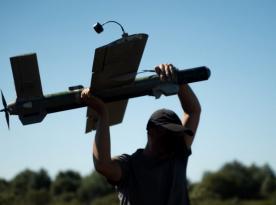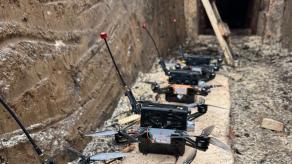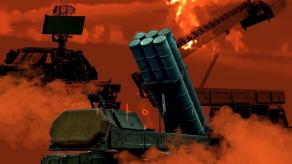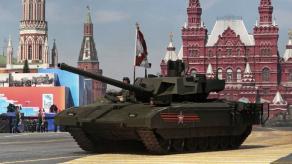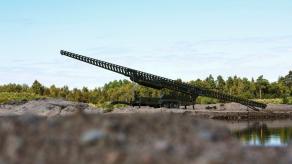As of mid-June 2025, russia possesses a formidable stockpile of over 1,950 strategic missiles, including ballistic, cruise, and hypersonic types. This data comes from the Defense Intelligence of Ukraine in response to an inquiry from RBC-Ukraine, and highlights the scale of russia's sustained missile production and deployment capacity despite sanctions and wartime attrition.
The most notable missile types in russia's current arsenal include the 9M723 Iskander-M short-range ballistic missile system, with up to 500 units, and the 3M-14 Kalibr cruise missile, with over 400 units. These missiles have been repeatedly used against Ukraine in high-profile attacks on both military and civilian infrastructure, combining precision with long-range strike capability.
Read more: The Defense Intelligence of Ukraine Reveals What Type of Missiles russia Replenishes the Most
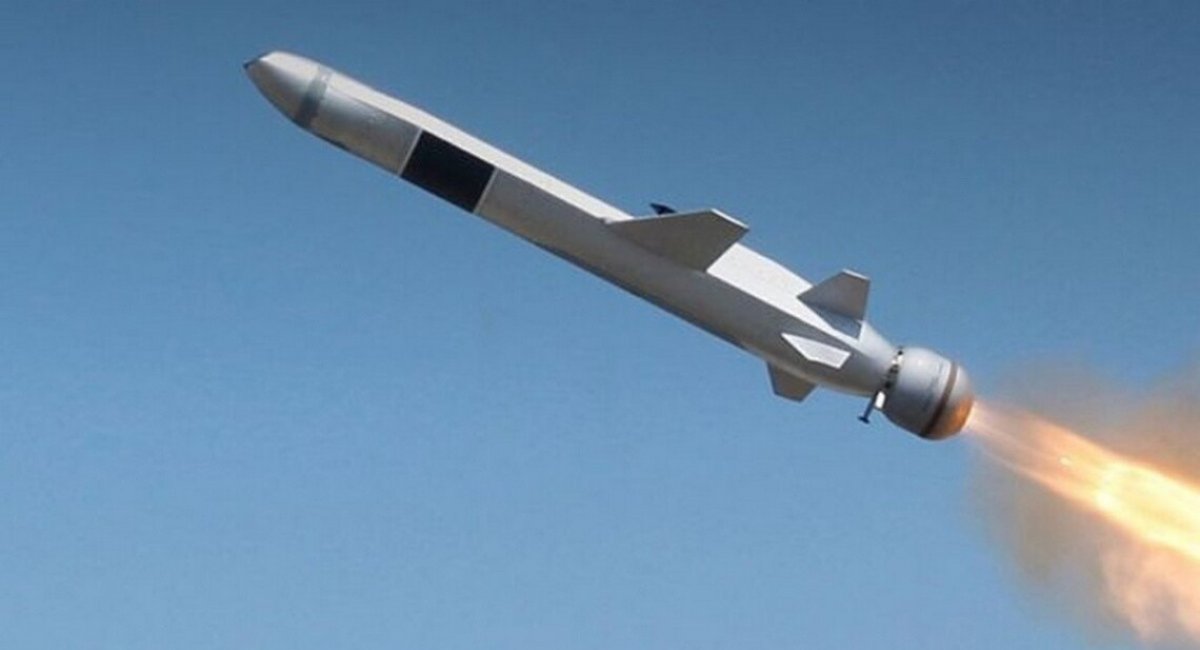
Additionally, russia fields up to 300 Iskander-K cruise missiles (9M728/9M729 variants), up to 260 Kh-101 air-launched cruise missiles typically deployed by the Tu-95 and Tu-160 bombers, and up to 280 older but still dangerous Kh-22/Kh-32 missiles launched from the Tu-22M3 bombers. These assets underline Moscow's reliance on both Soviet-era and modernized aerial strike capabilities.
In addition, russia's inventory includes up to 150 Kh-47M2 Kinzhal hypersonic missiles, launched from the MiG-31K aircraft. These missiles travel at extreme speeds and present significant interception challenges for air defense systems.
Moreover, the Defense Intelligence notes the presence of up to 60 KN-23 ballistic missiles of North Korean origin in russia's arsenal. This not only signals deepening military cooperation between Moscow and Pyongyang but also indicates russia's willingness to circumvent sanctions by diversifying supply chains through rogue states.
Beyond missiles, russia maintains thousands of strike drones, primarily the Shahed-136 units, imported from Iran or produced under license domestically. Ukrainian officials report an increase in the use of drone imitators as well, likely designed to overwhelm or confuse Ukrainian air defenses and drain their ammunition reserves.
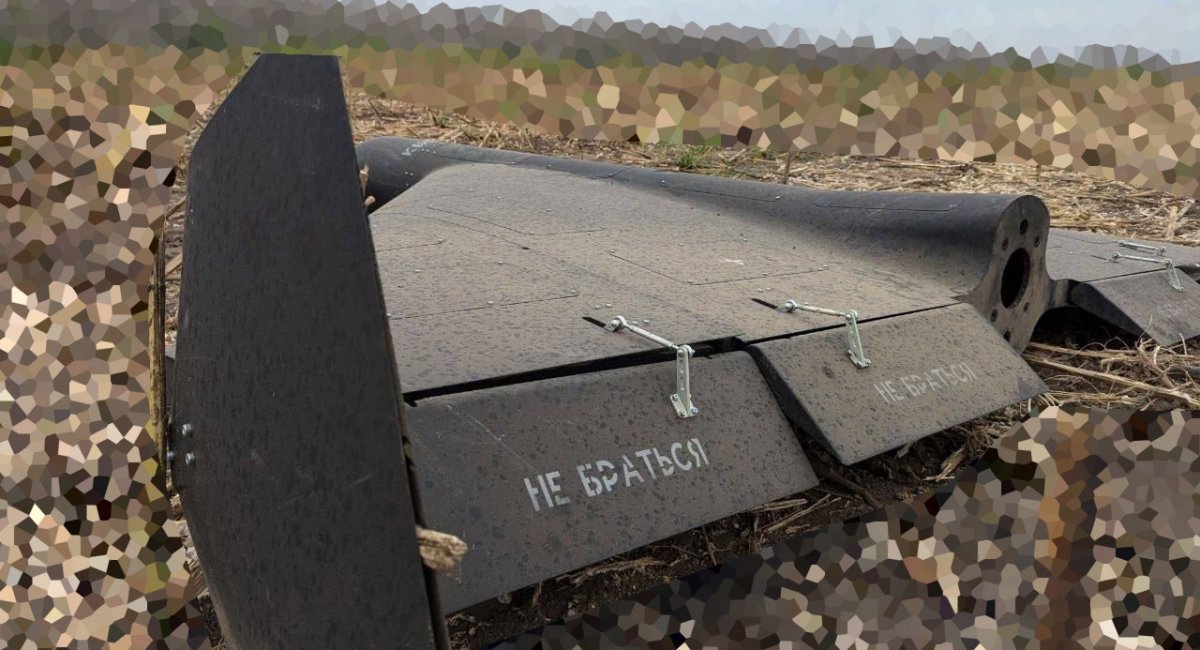
Production data reveals that russia manufactures up to 195 missiles monthly, including approximately 60 Iskander-M, 60 Kh-101, 30 Kalibr units, and smaller batches of other types such as the Kinzhal and upgraded Kh-32 missiles.
This missile and drone production pipeline enables russia to maintain pressure on Ukrainian infrastructure, challenge Western air defenses, and signal strategic deterrence. The continued replenishment of stocks not only prolongs the war but also raises broader concerns about regional stability and arms proliferation.
Read more: Private Shahed Defense: Lithuanian Power Companies Take Up Anti-Drone Weapons to Protect Critical Infrastructure







